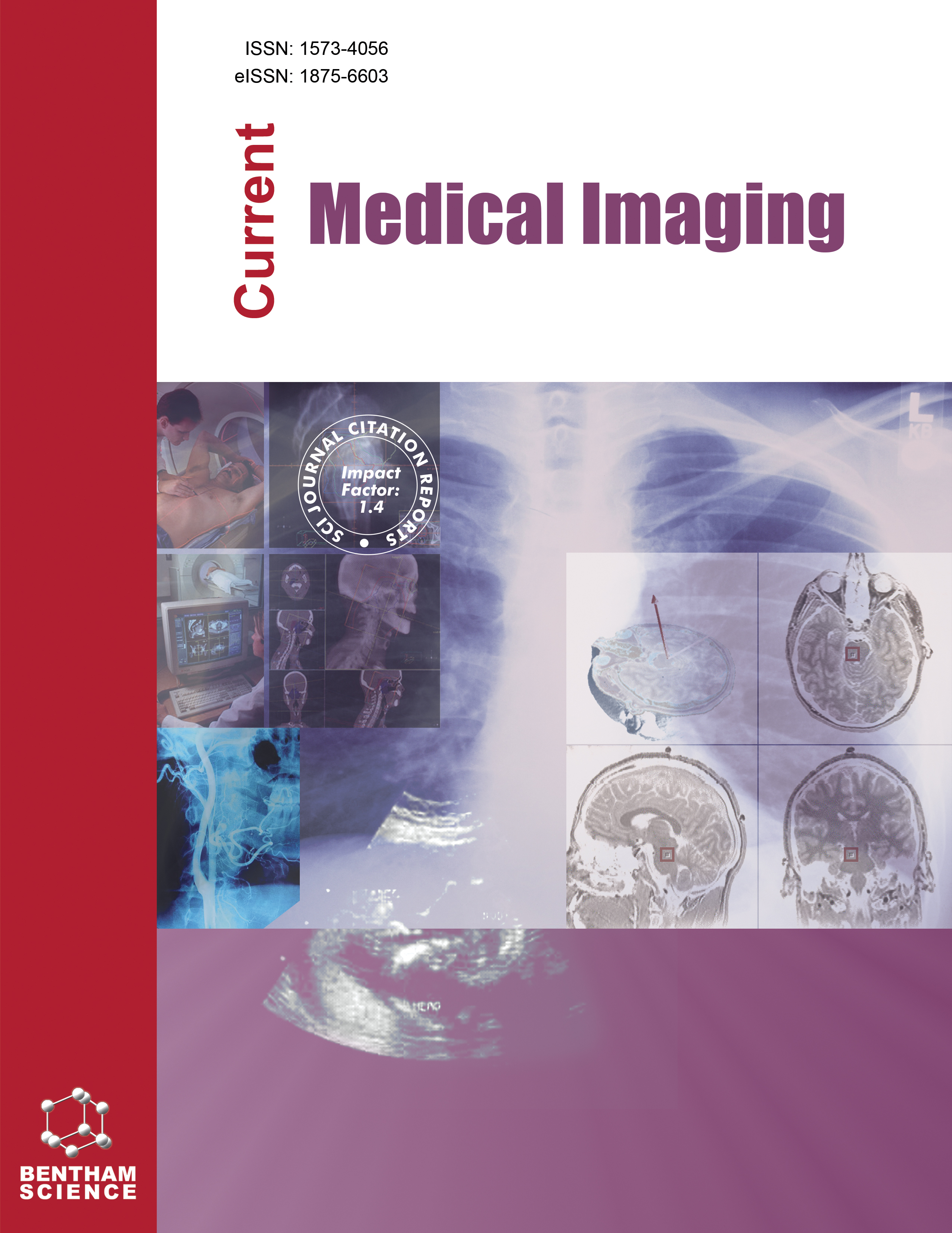-
oa Deep Learning-based U-Mamba Model to Predict Differentiated Gastric Cancer using Radiomics Features from Spleen Segmentation
- Source: Current Medical Imaging, Volume 20, Issue 1, Jan 2024, e15734056349216
-
- 06 Aug 2024
- 10 Oct 2024
- 01 Jan 2024
Abstract
This study aimed to develop an automated method for segmenting spleen computed tomography (CT) images using a deep learning model to address the limitations of manual segmentation, which is known to be susceptible to inter-observer variability. Subsequently, a prediction model for gastric cancer (GC) differentiation was constructed alongside radiomics, and a nomogram was generated to investigate its clinical guiding significance.
This study enrolled 262 patients with pathologically confirmed GC. We employed a deep learning model, U-Mamba, to achieve fully automated segmentation of the spleen CT images. Subsequently, radiomic features were extracted from the entire spleen CT images, and significant features were identified through dimensionality reduction. The clinical and radiomic features were permuted and combined to create three predictive models: the CL model, the RA model, and the CR model. Finally, the model with superior performance was represented as a nomogram.
A total of 30 radiomic features and 1 clinical feature were considered valuable through dimensionality reduction and selection. The RA model demonstrated greater discriminative power than both the CR model and the CL model. A nomogram based on the logistic clinical model was created to facilitate the application and validation of the clinical model.
The radiomic features obtained through the automated segmentation of the spleen using deep learning demonstrate efficacy in predicting the degree of differentiation in GC. These features offer valuable guidance for clinical decision-making in the form of a nomogram.


